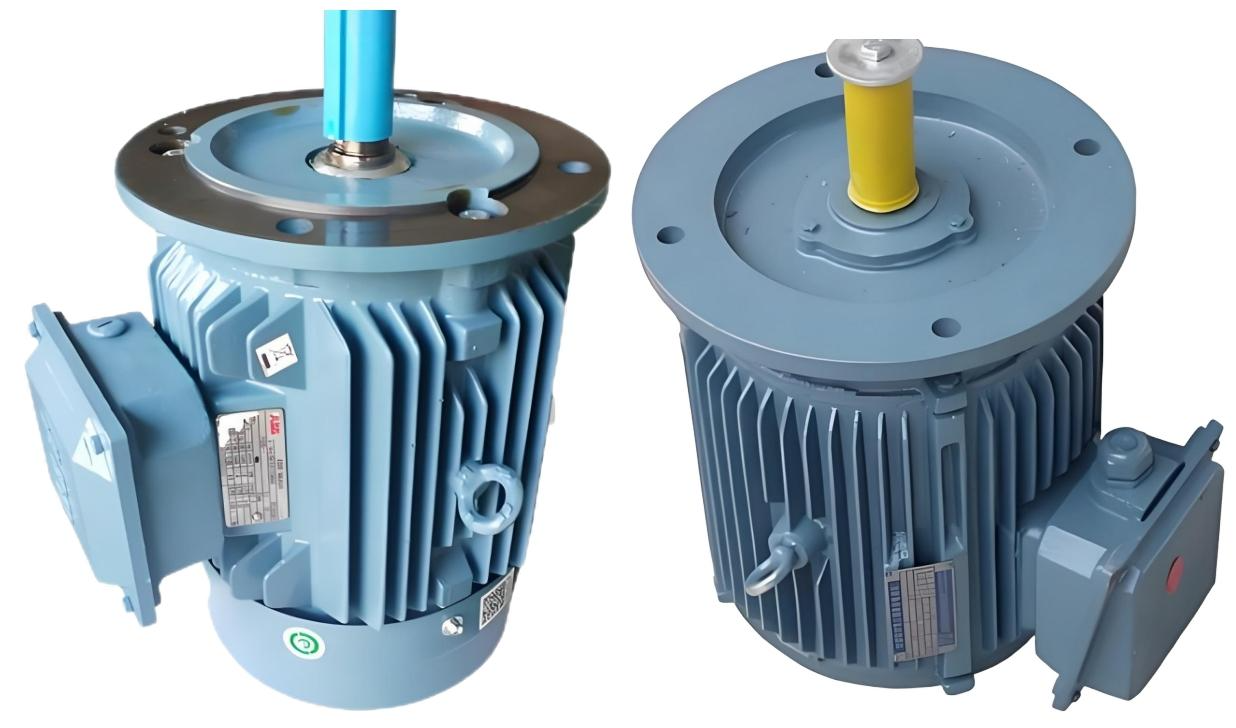
How to Select Bearings for High-Speed Motors
2025-03-21 11:30
How to Select Bearings for High-Speed Motors
Bearings are critical components supporting the normal operation of motors. Beyond manufacturing process control, the design configuration of motor bearings is vital. For example, vertical and horizontal motors require different bearing configurations, and motors with varying speed requirements demand distinct bearing selections.

1. Horizontal Motor Bearing Configuration
Horizontal motors should ideally use one ball bearing and one cylindrical roller bearing at both ends. Most small-to-medium-sized 2-pole motors currently employ two ball bearings. Although some manufacturers adjust the inner diameter tolerance of the bearing housing toward a clearance fit to mitigate heat-related ball compression issues, thermal expansion complicates this approach. The coefficient of expansion of the outer bearing ring is higher than that of cast iron components (e.g., end covers or bearing sleeves). Even if the outer ring could slightly slide axially at room temperature, heat generated during operation often restricts movement, leading to shortened bearing life and overheating. In tests, motors with two ball bearings frequently failed during the second startup after a temperature rise test due to insufficient axial movement and excessive axial force on the balls.

Solution: Replacing one ball bearing with a cylindrical roller bearing resolves this issue. A 2-pole high-voltage motor (H560 frame size) originally using two ball bearings was retrofitted with this configuration, resulting in stable operation, minimal maintenance, and a measured bearing temperature of just 20°C. This successful case has since been adopted in explosion-proof motors.
2. Vertical Motor Bearing Configuration
Vertical motors driving barrel pumps in petrochemical systems face transient upward axial forces during startup. To address this and accommodate thermal expansion, vertical barrel pump motors (typically 2-pole or 4-pole) should use:
Upper bearings: Two back-to-back single-row angular contact ball bearings.
Lower bearing: A lightweight cylindrical roller bearing.
A pre-axial load on the outer ring of the angular contact bearings ensures protection against reverse axial forces from the shaft extension during transportation and startup.

3. Bearing Size and Type Selection
2-pole motors: Opt for lightweight series bearings, with the ball bearing placed at the shaft extension end.
4-pole or higher non-reversing motors: Use medium-series bearings.
Reversing low-speed motors: Choose heavy-series bearings.
While some manufacturers use large-clearance ball bearings in 2-pole motors to reduce heat-related failures, this increases mechanical noise. A better alternative is pairing a ball bearing with a cylindrical roller bearing and optimizing housing tolerances.
Conclusion: Proper bearing selection balances thermal expansion, axial load management, and operational requirements. Adopting hybrid configurations (ball + cylindrical roller bearings) enhances reliability and longevity in high-speed motors.
Get the latest price? We'll respond as soon as possible(within 12 hours)











